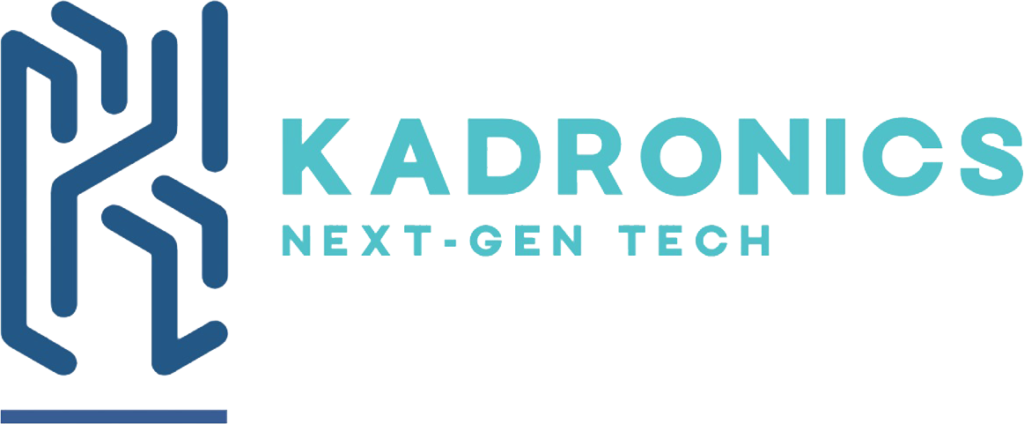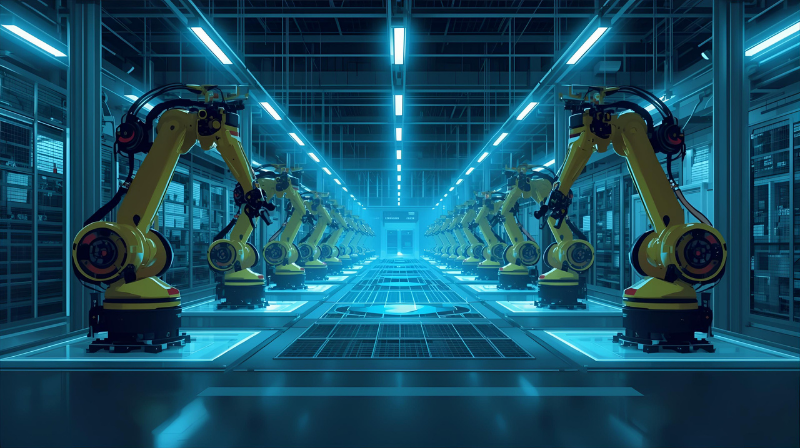Every great invention begins as a spark—an idea scribbled on a napkin, a concept sketched on a whiteboard, a brilliant “what if” that promises to change the game. But the journey from a brilliant idea to a successful product is a minefield of unseen complexities and expensive wrong turns. How do you know if your idea will actually work in the real world? How do you test its ergonomics, its functionality, its very feel, before committing to a six-figure investment in manufacturing tooling?
The answer is the prototype. Specifically, the rapid prototype. This is not the slow, handcrafted model of yesterday; this is a fast, iterative, and essential tool for modern product development. It is the art of failing fast, learning faster, and turning a brilliant concept into a tangible reality with minimal risk.
The Most Expensive Mistake is the One You Make Last
Traditional product development often follows a “waterfall” model: design, build, test, and launch. The problem with this is that major flaws are often only discovered at the very end, when they are most expensive to fix. Prototyping flips this model on its head. It’s about building a series of low-cost, fast-turnaround models that allow you to test and refine your ideas at every stage.
As a well-cited article in Harvard Business Review puts it, a prototype’s job is to resolve the biggest unknowns of a project. It’s not about having a perfect final product; it’s about answering critical questions as quickly and cheaply as possible.
The Many Faces of a Prototype
Prototyping isn’t a single step; it’s a language used to communicate and test ideas. Depending on the stage of development, a prototype can take many forms:
- Proof of Concept (PoC): This is the most basic prototype. Its only job is to prove that the core technology or concept is viable. It’s often a rough-and-ready collection of off-the-shelf parts and electronics on a workbench, but it answers the most important question: “Is this even possible?”
- Form & Fit Prototype: How will the product feel in a user’s hand? Will all the internal components actually fit inside the beautiful casing you designed? 3D printing and CNC machining are often used here to create non-functional, physical models that are crucial for ergonomic and assembly testing.
- Functional Prototype: This is where it all comes together. A functional prototype looks and works like the final product. It’s built with components that are as close to production-level as possible and is used for rigorous testing, investor demos, and final design validation.
De-Risking the Future
Investing in a structured prototyping process is one of the most effective services a company can use to de-risk the development of new products. The benefits are transformative:
- Find Flaws Early: A prototype might reveal that a button is in the wrong place, a casing is difficult to assemble, or a circuit overheats. Finding these problems at the prototype stage costs hundreds of dollars to fix. Finding them after production tooling is made can cost hundreds of thousands.
- Gain Stakeholder Buy-In: A physical prototype is infinitely more powerful than a PowerPoint presentation. It allows investors, customers, and internal teams to see, touch, and understand the vision, making it easier to secure funding and align the entire organization.
- Accelerate Innovation: The ability to quickly create and test ideas fosters a culture of experimentation. When the cost of trying something new is low, engineers are more likely to explore creative solutions, leading to more innovative and competitive final products.
Ultimately, a prototype is more than just a model. It’s a learning tool, a communication device, and a crystal ball that gives you a glimpse into your product’s future. It’s the single most effective way to bridge the vast gap between a brilliant idea and a successful, market-ready reality.




